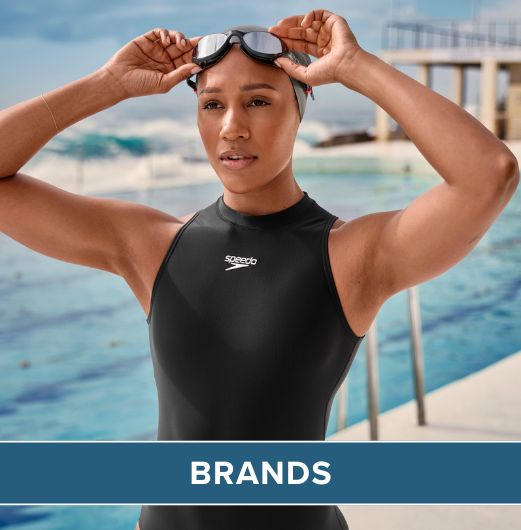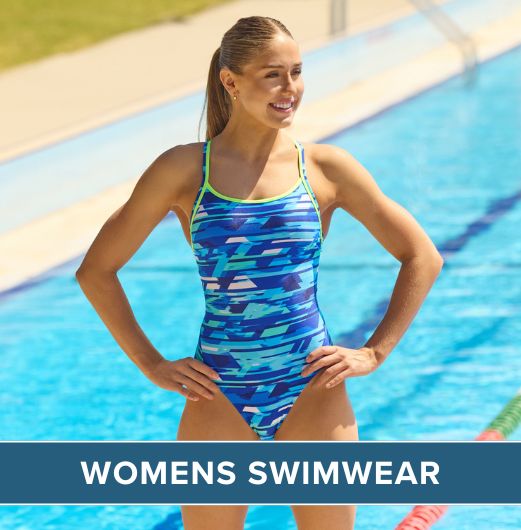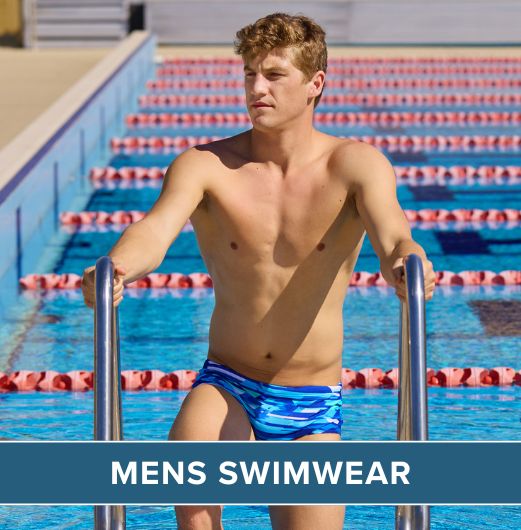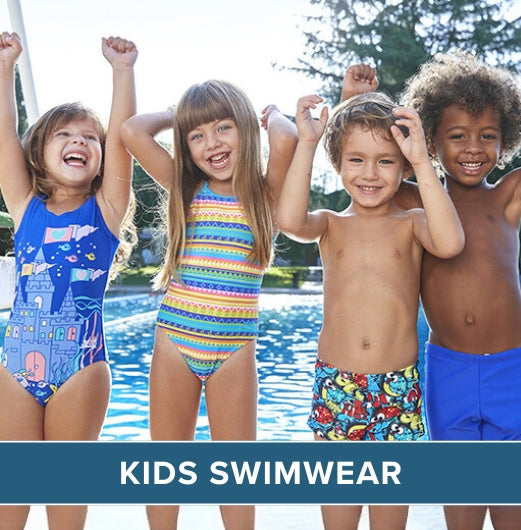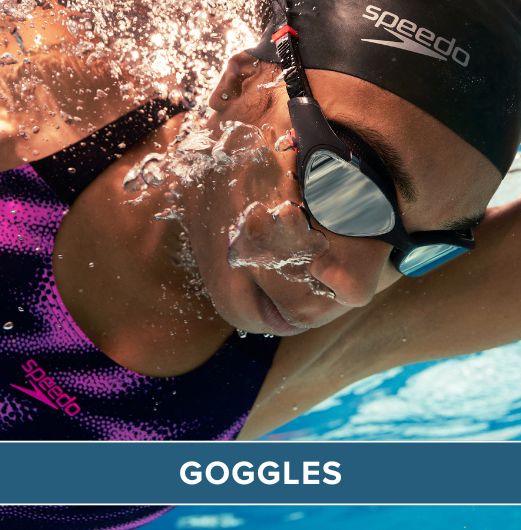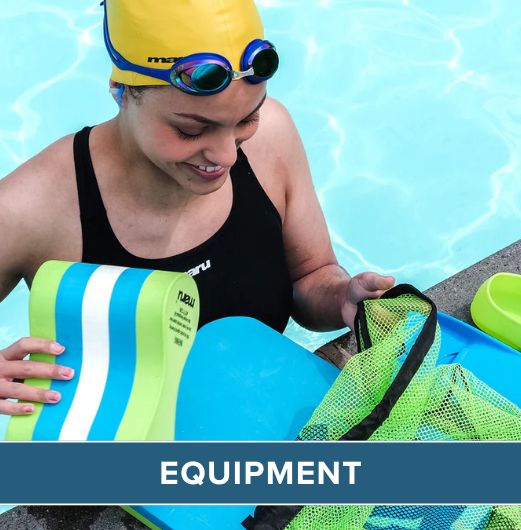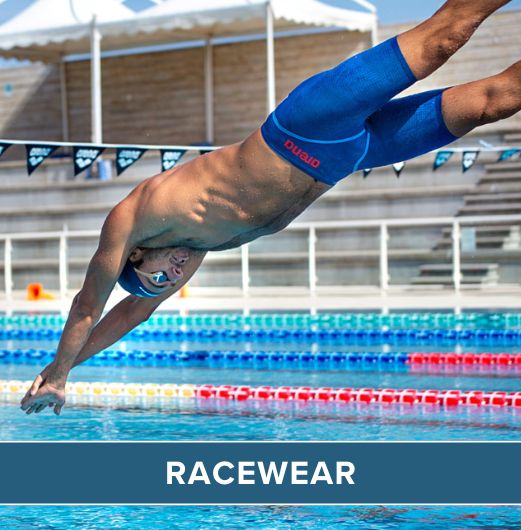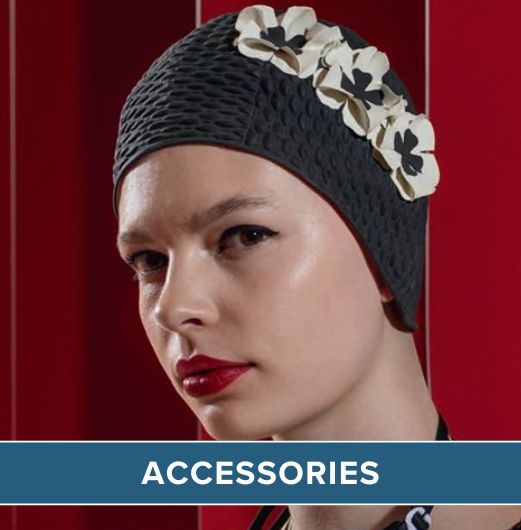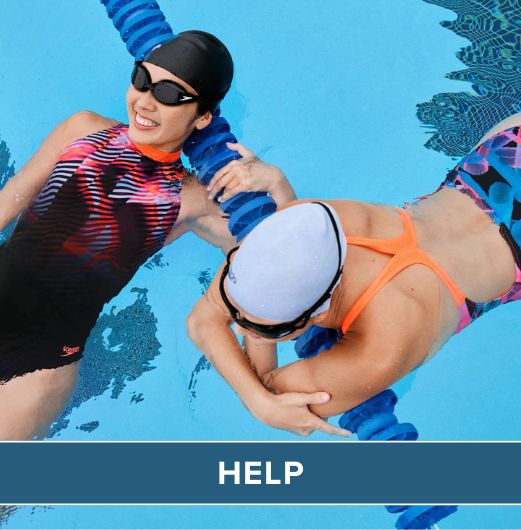
0 – 12 months
One of the most common questions I get asked is ‘’when can I start taking my child swimming’’ Now Parents used to be advised to wait until their baby had had their immunizations at two, four and six months before taking their babies swimming. But health experts no longer believe this is necessary, so it's really up to you when you start taking your baby to the pool. I have always said as long as you are confident the earlier the better. Remember that the pool environment can be daunting for your new born due to noise levels and as a mother you may not be able to go swimming yourself until your 6 week check up. Another important factor to take into account is water temperature, Babies can't regulate there body temperature so it is advised that children that are under three months old and weigh less than 12lbs swim in water that is at least 32 degrees and babies that are older and heavier swim in water that is 30 degrees or more. You will be able to tell if your child is too cold as their finger nails and lips go blue very quickly.What do I need?
So you have found a suitable pool and you want to get your child in enjoying the water as soon as you can but what equipment will you need? The first thing we always advise is a swimming nappy, these come in many different designs and colours and you can find a large variety on the simply swim website, one of my favourites is the tutti frutti happy nappy because of it’s fun design. You will also need to keep your child warm in the water so I always advise buying a swimsuit for your child - these add an extra layer of warmth and once again come in many different designs. Check out the UV all in one in red from Splash About this will give you an idea of what to look for when shopping for the right baby swimwear. It is advised that children under 1 do not wear water wings or armbands as they're not safe for them to wear. A few other bits and bob’s to remember are:- A warm bottle for after the swim if you are bottle feeding
- A towel, preferably one with a hood or a towelling dressing gown
- A snack - babies get hungry when swimming (just like adults!)
- A few of your babies bath toys to play with.
.
Preparing your baby for the water
So everything is bought and you have set a date for your first swimming pool adventure with your little one. Before even going to the pool there are activities you can do with your child to prepare them for the water environment. Below are a few activities you can do with them during bath time;- Name , ready, go (NRG) – This is an activity I have been using for years now to help your child become confident with water being poured from over their head. Using a cup of water or watering can, whilst your child is sat up, say their name to get their attention, then say 'ready' and then as you say 'go' you will slowly pour water upon their head. I advise you start by pouring water on the back of the head and use your hand to keep the water from getting into their eyes. As they become more confident allow more water to trickle over there face (NRG will play a vital part later down the line)
- Splash, Splash and Splash – This can be a messy activity to do during bath time but can be so helpful during your babies swim development. Encourage and allow your child to splash and push the water, this will allow them to develop a feeling for the water and see it as a fun and safe place.
- Most importantly make bath time fun. You want your child to think of the water as an exciting and stimulating place.
.

Activities at the pool
So here you are at the swimming pool, you have all the equipment, the water temperature is perfect and your little cherub has been playing away in the bath, so what activities can you do with your child whilst in the pool?- NRG – You have been practising this a lot so when your child hears the commands, they will know exactly what to expect and will not be taken off guard. You can use a watering can or even your hands to trickle the water onto their head and face.
- Supported Back Float – In shallow water support your child’s back and slowly place their head upon your shoulder pressing their cheek against yours. When you have done this, slowly move around the pool. If your child seems distressed at any point, desist from that activity and try again at a later date and make sure you are talking all the time as your baby will be soothed by the sound of your voice
- Motor Boat – You can do this with or without a float! Holding your child under the arms you are going to slowly move them around, flat on there tummy, keeping their face out of the water. Every now and again you are going to zoom them around the pool a bit faster as if they were a motor boat. When they are used to this activity you can take it a step further by holding their legs (facing you) doing the same activity but moving their legs in a kicking motion, eventually your child will do this themselves every time you play this game.
- KEEP IT FUN – Make sure that everything you do is fun and high energy!
.
There are many more activities you can do with your child but the ones above will give them a great start to their swimming journey.  I always advice parents to build the amount of time their child is in the water for, starting at 10 minutes and then building up to 30 minute sessions. If your child starts to shiver I would advise to take them out of the water and wrap them up warmly. So there you have it, you have successfully completed your first swim with your baby! This is the first of my series on introducing your child to swimming, so don’t forget to sign up to the blog and re-visit the site for the next instalment, where we will be looking in more detail at activities you can do with your child to help them learn to swim as they grow.
I always advice parents to build the amount of time their child is in the water for, starting at 10 minutes and then building up to 30 minute sessions. If your child starts to shiver I would advise to take them out of the water and wrap them up warmly. So there you have it, you have successfully completed your first swim with your baby! This is the first of my series on introducing your child to swimming, so don’t forget to sign up to the blog and re-visit the site for the next instalment, where we will be looking in more detail at activities you can do with your child to help them learn to swim as they grow.
 Free Tracked UK Delivery
Free Tracked UK Delivery Hassle Free Returns
Hassle Free Returns Next Working Day OPTION
Next Working Day OPTION Found It Cheaper?
Found It Cheaper?



